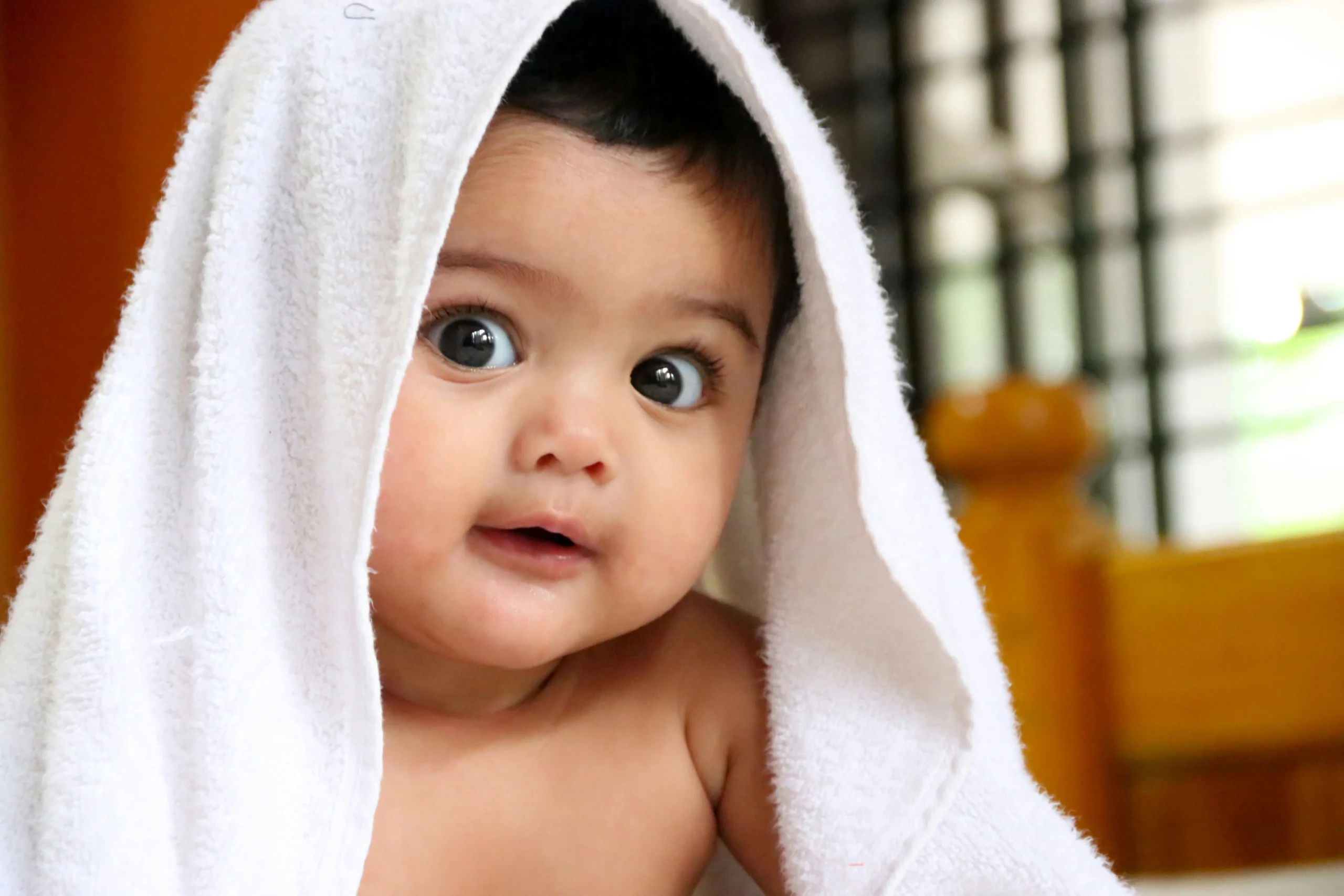Parenting is a journey filled with lessons, and one of the most crucial ones I imparted to my daughter revolved around bullying. I’ll never forget the day she shared her frustrations about a classmate named Emma. “Mom, she’s following me around during recess and sitting with me at lunch!” my daughter exclaimed, clearly exasperated. My first instinct was to protect her, but my response made me realize I had a more significant issue on my hands.
“Wait, you mean she wants to be friends?” I asked, somewhat incredulously. At that moment, I recognized that I was raising my own worst nightmare. My daughter, a confident, spirited girl, was exhibiting behaviors that reminded me of my own childhood experiences. I was the girl who craved friendship and often found myself on the outside looking in.
The next day was a turning point. My daughter attended a private school where she and her friends were popular, and a quick call to Emma’s mom confirmed my worst fears: they were excluding her. While some may argue that I was overreacting, I firmly believe that this rejection was the subtle start of bullying. It wasn’t overt cruelty, but rather a blatant dismissal of someone they perceived as unworthy of their time.
This is where I felt a responsibility to step in. I initiated a candid conversation with my daughter about the social dynamics that often lead to exclusion. We talked about the instinct to judge others and how it’s prevalent at every age and in every social context. Our fears of being rejected can drive us to overlook the potential value in others.
It’s not enough to simply tell our kids to “be nice.” We need to address these behaviors directly, helping them understand the underlying motivations. By doing this, we create an environment where they can recognize and challenge their instincts.
I instructed my daughter to spend time getting to know Emma better. I asked her to come home the next day with three positive things she discovered about her. Initially resistant, she eventually agreed—after all, I had the car keys! This allowed us to discuss the importance of investing socially in others.
The next day, she begrudgingly went to school and, to my surprise, returned with three cool facts about Emma. I later followed up with Emma’s mother, which is essential for accountability. She confirmed that Emma was being welcomed into their group.
Years later, my daughter and Emma remain friends, even though Emma’s family moved away. I’ve seen the growth in my daughter as she learned the value of kindness and inclusivity. Now, as a college sophomore, she embraces friendships across diverse backgrounds, understanding that true connections can come from the most unexpected places.
Parents, it’s vital to focus on how our children interact with others. We can guide them to be generous and inclusive, ensuring they learn the importance of treating everyone with respect. If we’re going to be involved in their lives, let’s make sure we’re hovering over the right things.
For more insights on navigating parenting challenges, check out this article on Cervical Insemination. If you’re considering at-home insemination options, Make a Mom offers reputable kits to help you along the way. For a deeper understanding of reproductive health, Genetics and IVF Institute is an excellent resource.
In summary, teaching our children about the importance of kindness and the value of every individual is essential. By addressing exclusion and encouraging genuine connections, we can help them grow into compassionate adults.

Leave a Reply